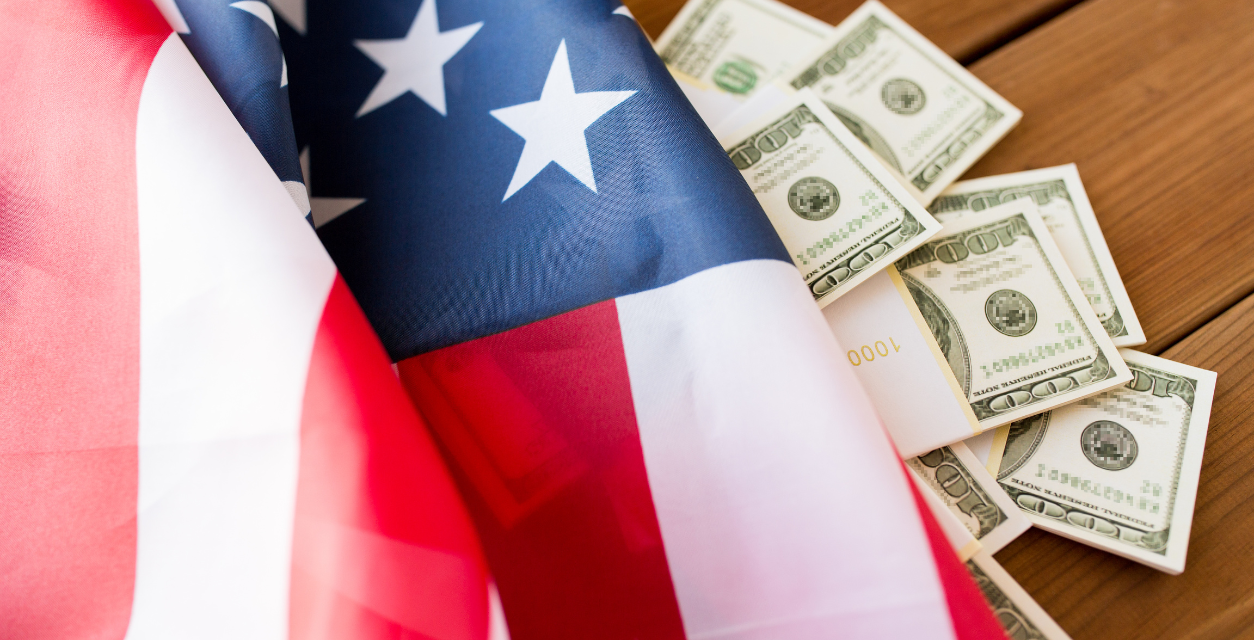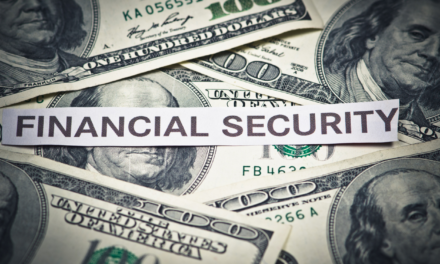The political debate over separation of church and state in the U.S. seems endless. Although the constitution does not explicitly speak to this issue, we all understand religion plays a role in establishing laws. Those laws (as interpreted and applied) play a role in either restricting or allowing free expression of religion. We are all seeking a balance – a collaborative relationship between us as citizens and the government as our public servant. And so, the discussion over church and state rages on.
But have you ever thought about the control that the state has over our money? Is there a way to separate money from the state and get the government out of our finances? To begin this conversation, we need to recap the history and definition of money, then explore the possibilities of new financial technologies.
Purpose
Money was created to facilitate trade and commerce and bring wealth to a community of people. Before money existed, a primitive barter system was utilized. This simple process was a private matter between buyer and seller. Person “A” offered a dozen eggs to Person “B” in exchange for a gallon of milk. The transaction was executed if both parties agreed that the deal was fair. But what if Person “A” had eggs and Person “B” who had milk didn’t need eggs? They might both agree to exchange the eggs for something else of value – like gold or silver. Once the two parties established and agreed upon the fair value (quantity and quality) required for the exchange, they had a deal. This simple system worked for many years, until a new technology ushered in a better system.
History
In about 638 BC the government of the ancient Lydian culture used the technology of their day (new innovation at the time) to produce gold coins. By mass producing these coins, the state was able to standardize and verify the quantity and quality of circulating gold. This created the trust, convenience and speed needed to facilitate trade and expand commerce. These gold coins became the world’s first money and established the government as the agency authorized to produce and distribute money. Ironically, the coins were even called “staters” – go figure!
Every civilized culture from this early beginning created its own system of government issued and controlled money. It usually began with coins of gold or silver, then invariably devolved into paper notes which were backed by gold or silver. Eventually these notes further devolved into paper debt notes, untethered from gold and backed only by a central bank of some sort. (Read the fine print on the US dollar –Federal Reserve Note—for greater clarity.)
Mission
Every government has a mission to support the people by building an infra-structure of trade and commerce. This funds social programs and provides protection from outside threats. The role of citizens is to help the government by providing the labor force. We earn wages to meet personal needs, invest in commerce and fund the government through taxes. Executing these assignments invariably results in power struggles as the various constituents of society seek to scoop up a share of the circulating wealth. Those with power and position procure privilege for themselves and the lion’s share of the assets. The less privileged become laborers relying on the mercy and generosity of the powerful. And the government (the state) controls the entire process by controlling the flow of money.
New Technology
Then in 2009 a new technology emerged designed to return control of trade into the hands of the people by creating a private, de-centralized currency not issued by the state. The technology is the blockchain, the next generation of the internet. The currency is crypto currency—a totally digital asset which requires no gold, silver, physical coins or paper money. It began as an experiment to see if a truly digital currency could work. Simply defined, it is a shared, immutable ledger that can record transactions and track assets (m0ney) in a business network digitally. After nearly 15 years of testing, it has emerged as a true possibility to replace the government-controlled money systems.
We’re left to ponder what this new technology means for us now and for our financial future. We’d love to believe that corruption in the big money system could be ended, and that the money game could be democratized – globally! Even though the prospect of abandoning what we’ve known for over 2500 years is sobering and the new technology is not perfect, individuals and institutions are gradually moving assets into the crypto space to test the waters for themselves and hedge their bets. We know that we have to do something. A tsunami of bank failures, market crashes, mounting federal debt and runaway inflation has us teetering on the edge of global financial disaster.
Testimony
I spoke recently with a lovely older woman from Zimbabwe who had lived through one of the world’s most notorious currency crashes. Her local government’s financial mismanagement, coupled with massive manipulation from powerful outside countries had devastated the country. Thus leaving the people impoverished and powerless. As a band aid solution, the government began issuing increasingly larger denominations of paper money—a $100 trillion bank note being at the top! In protest, the women began using the worthless money as toilet paper—resulting plumbing problems throughout the land! I met her at a blockchain conference, seeking to a new currency to empower herself and others in Zimbabwe.
Like my friend, we all have a responsibility to examine possible, innovative solutions that might help ourselves and others. Working collaboratively within a good financial literacy community, we can find the confidence to move forward and investigate methods of creating a world where the government is free to do what it was designed to do, and we are free to prosper without state interference.
Separating money and state becomes a foundational and necessary struggle– just like separation of church and state. This dream creates a win for everyone.
Find more from Gail here.












